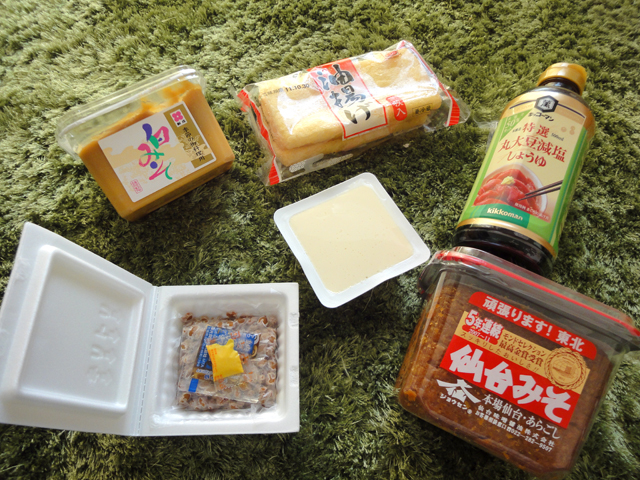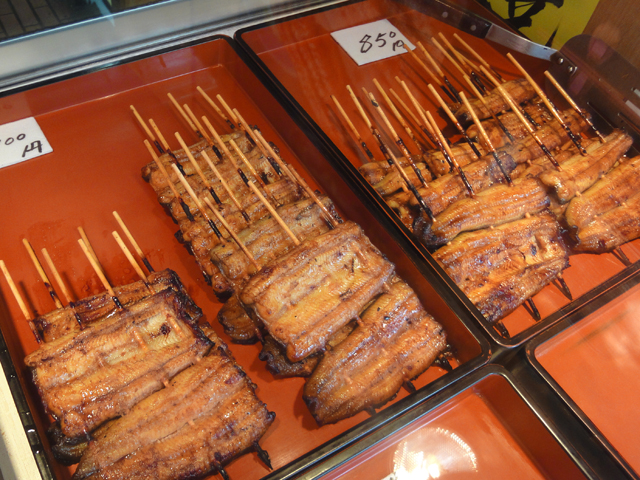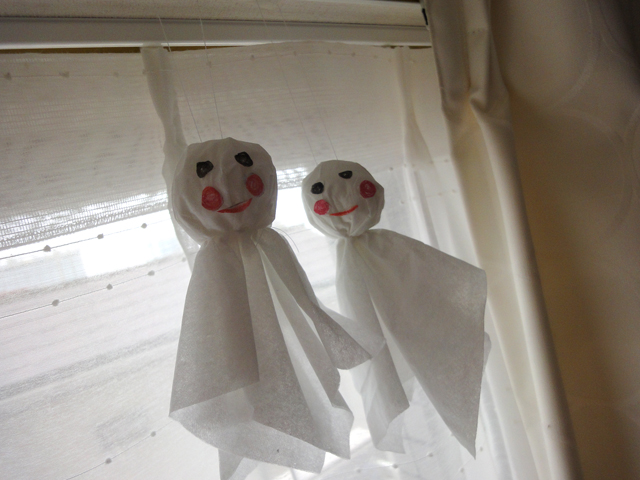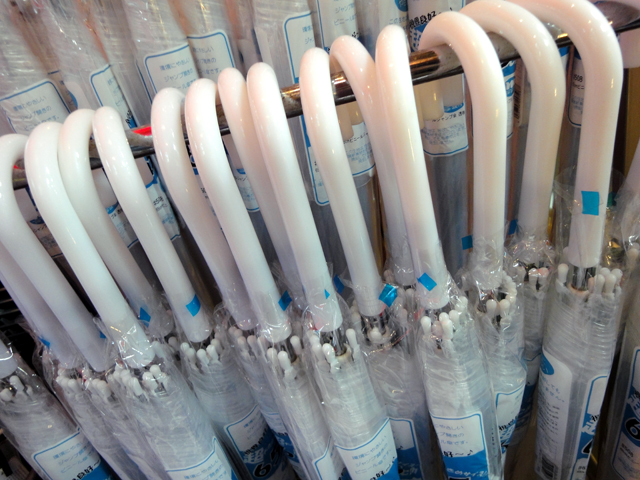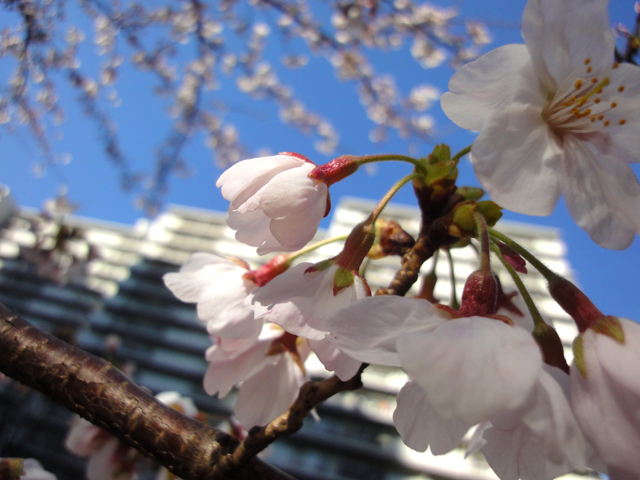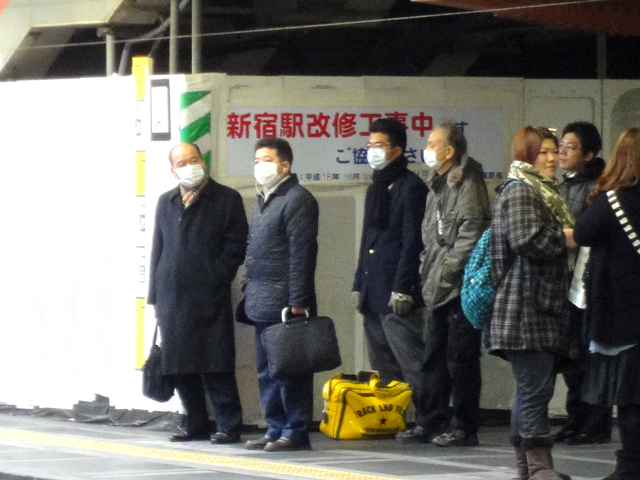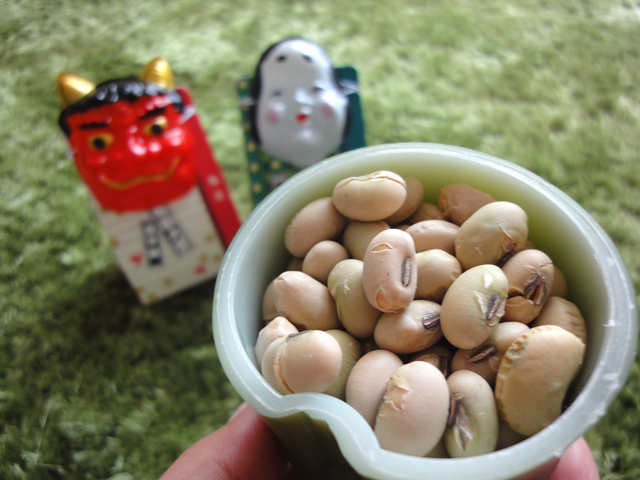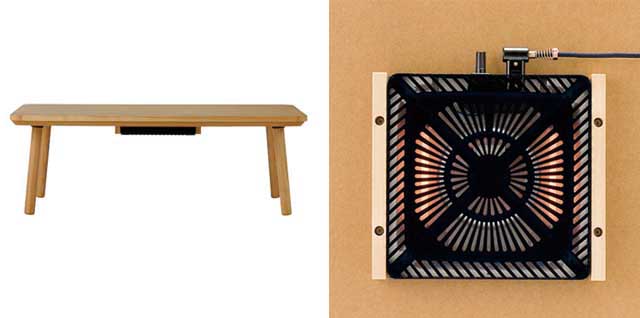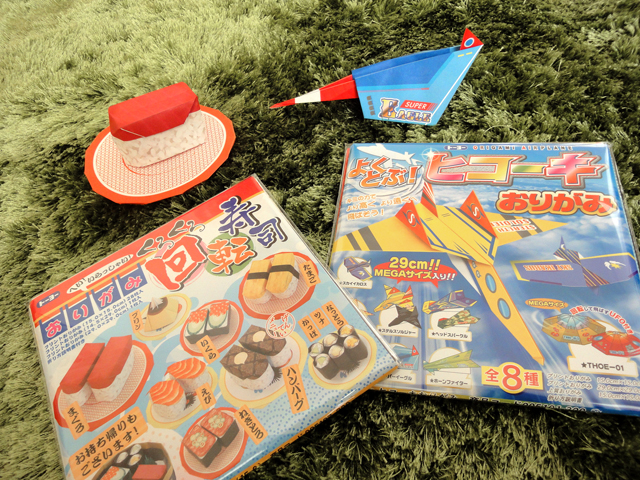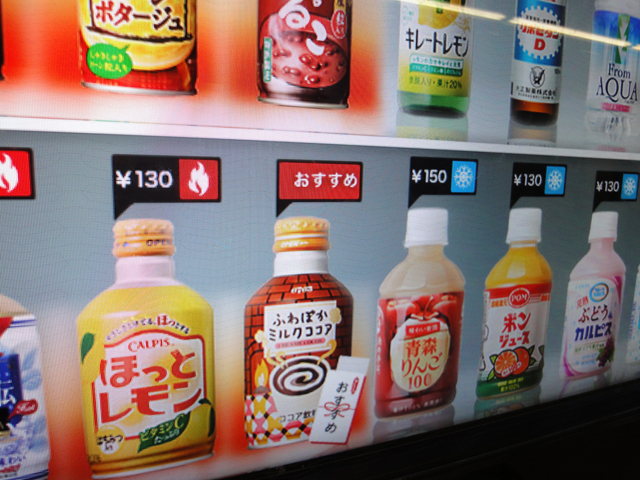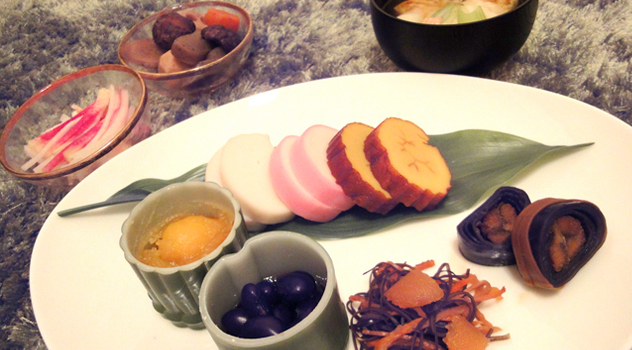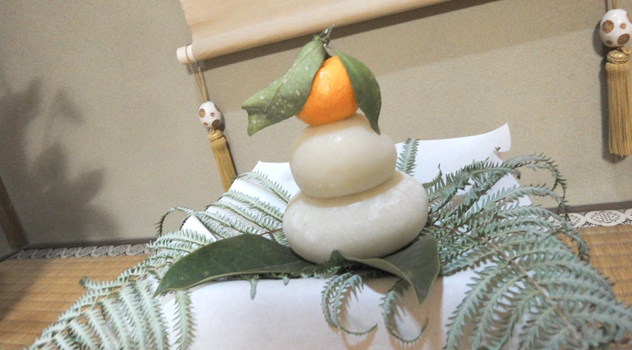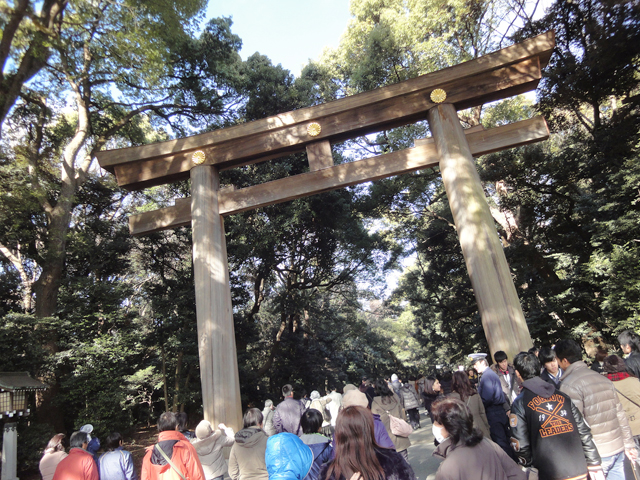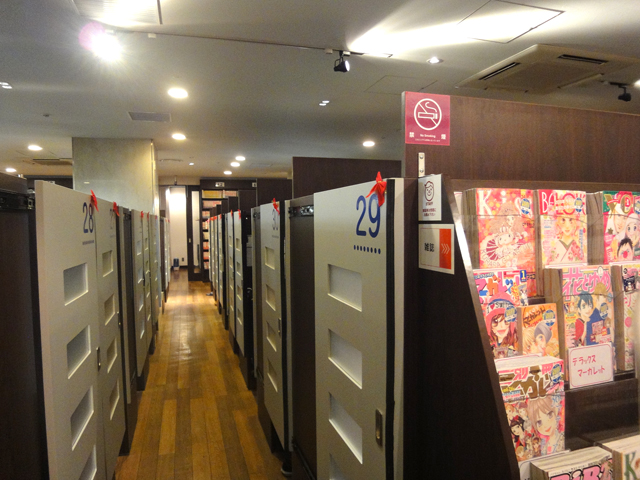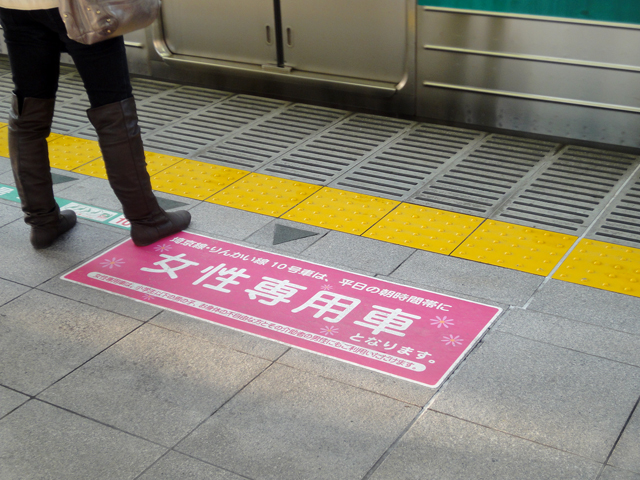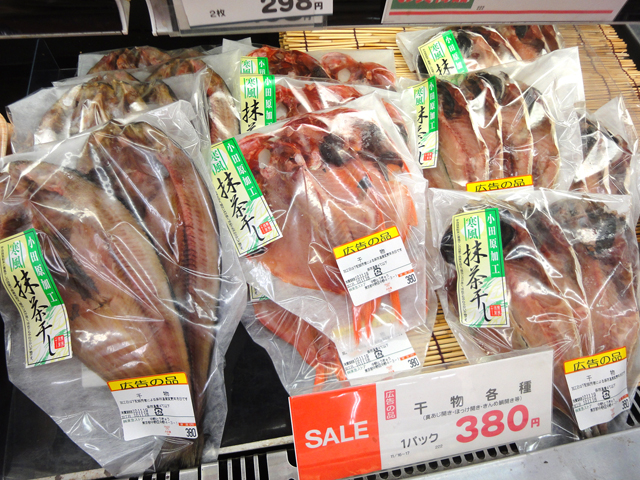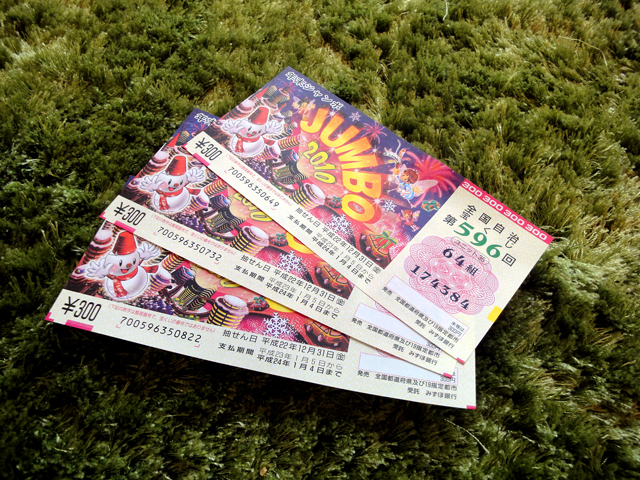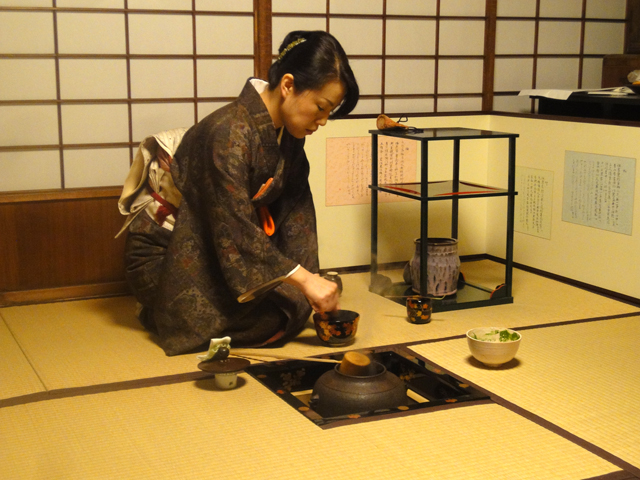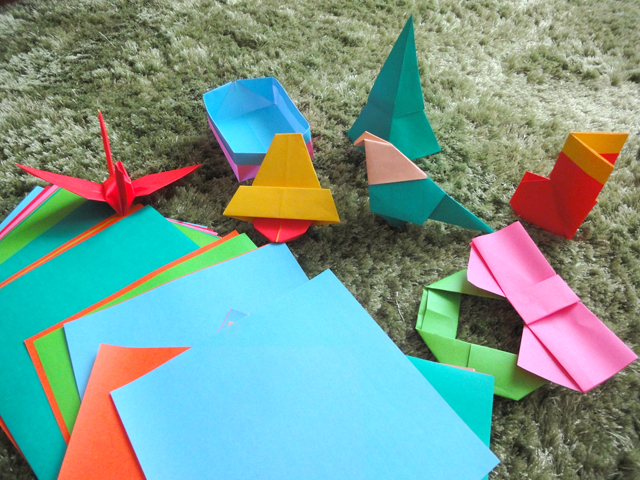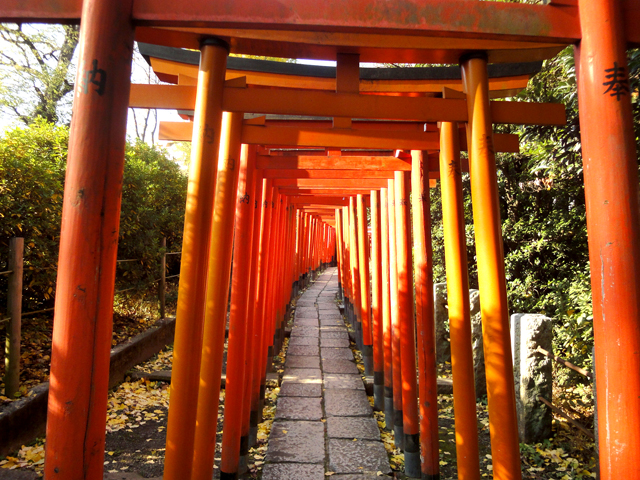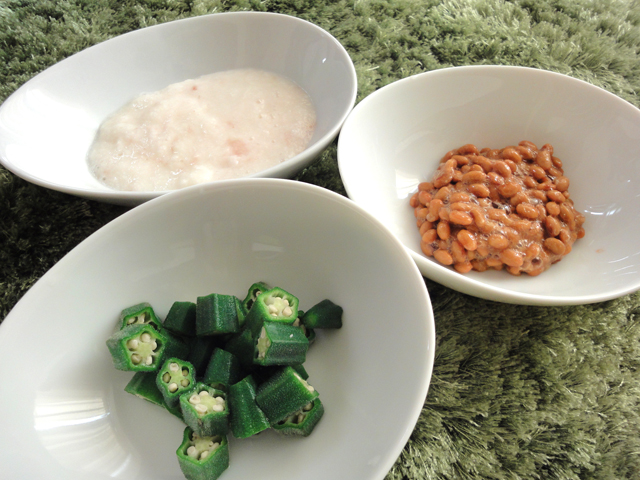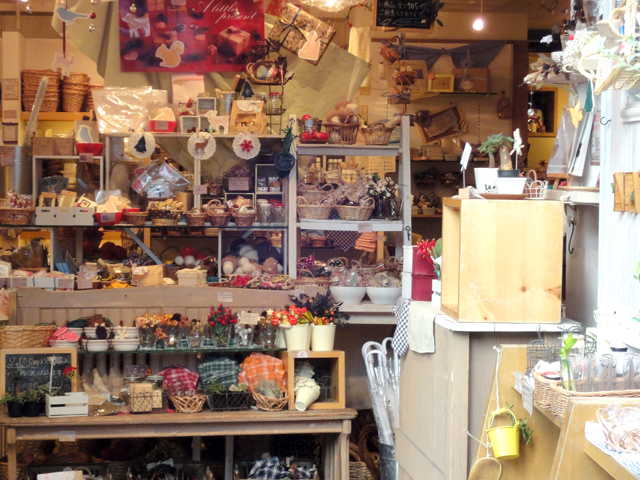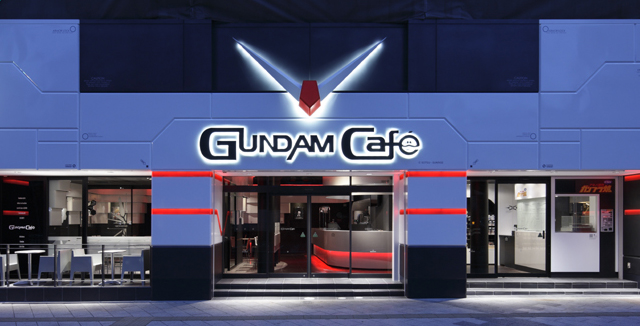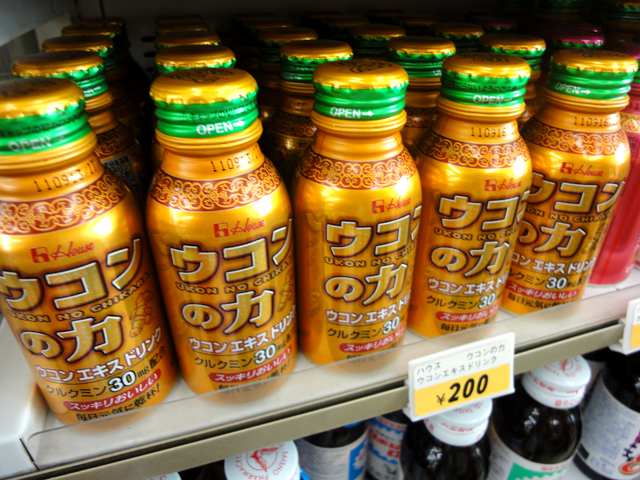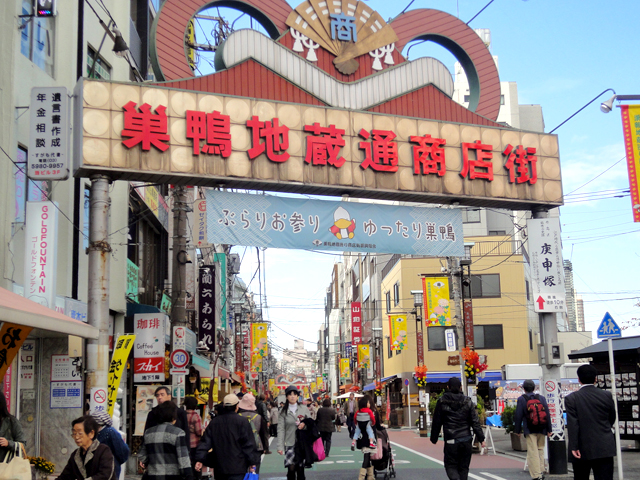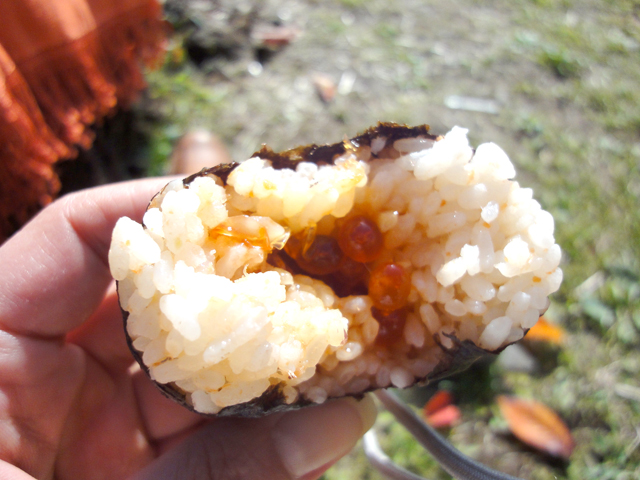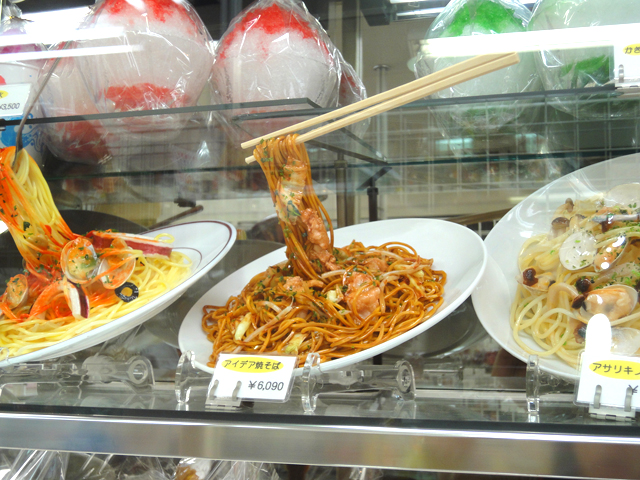Hanami: cherry-blossom viewing!!
We, Japanese call cherry trees/blooms “sakura” (さくら, 桜). As you know, Japanese are particularly fond of “sakura” and have planted it throughout the country. During Cherry-blossom viewing called “hanami” (はなみ, 花見) season (from the end of March to the beginning of April in Tokyo), many people can be seen enjoying the cherry blossoms […]
Japanese are made from…
What is a commonality in them? Yeah, they are Japanese food product, and then…. They are made from “soybeans”!! (1) Soy sauce: “しょうゆ, 醤油, Shoyu”. As you know, it’s a condiment produced by fermenting soybeans. (2) Miso: “みそ, 味噌” The precursor for soy sauce, is also a fermented Japanese […]
Public bathhouses, don’t miss it!
One of Japanese cultures I’m proud of is “public bathhouses”. We call a public bath “Sento” (せんとう, 銭湯) or “Furoya” (ふろや, 風呂屋) in Japanese. A long time ago, temples made bathes to cleanse Buddhists before praying in front of God statue. And later, temples offered bathes for people. It’s said that it was the […]
Weird food in Japan? vol.1: Unagi
”Unagi” (うなぎ, 鰻) means freshwater eels in Japanese. Unagi is a common ingredient, served as part of “Unadon” (うなどん, 鰻丼), a donburi dish (Rice ball dish) with sliced eel grilled with soy sauce, mirin (sweet cooking rice wine), sugar and sake. Unagi is often eaten during the hot summers in Japan. There […]
Teru Teru bozu: an amulet for bring good weather
We have an amulet for bring good weather and to stop or prevent a rainy day. We call it “Teru Teru bozu” (てるてるぼうず, てるてる坊主) in Japanese. “Teru” is a Japanese verb which describes sunshine, and a “bozu” is a Buddhist monk or “bald-headed”. It’s said that at first Farmer started making this amulets, […]
Plastic umbrellas & plastic bags for umbrellas!
The rainy season, known as Tsuyu(つゆ, 梅雨) in Japan, has begun in Tokyo. Not every day, but we have many rainy days for about 1 month. An umbrella is “Kasa” (かさ, 傘) in Japanese. Today’s topic is this “Kasa” ! I think Japanese people hate getting wet more than other nationalities. People bring umbrellas […]
Sakura 2011 report vol.1: Start blooming in Tokyo
Finally “Sakura”, cherry flowers start blooming in Tokyo! They began blooming 5 days later than in last year. And this weekend is the best for “Cherry-blossom viewing” :) I took these photo at “Meguro” riverside near Osaki station. I’ll upload photos as much as possible. if you are not japan, enjoy […]
Masks!! Hay fever in Japan!
You can see a lot people wearing masks in winter and spring, in Japan. One reason is to prevent colds or flue. The other reason is “Hay fever“, allergy to pollens. (Kafun-sho, かふんしょう, 花粉症). Hay fever is an allergic reaction to the pollen of certain plants such as cedar and Japanese cypress. Shortly […]
February 3rd, Setsubun: Bean throwing
“Setsubun” (せつぶん, 節分) literally means “the day between two seasons”. Although It’s not a public holiday, it’s one of annual events in Japan and “Bean throwing”, called “mame-maki” (まめまき, 豆まき), is done at home on the day of “Setsubun” (the 3rd or sometimes 4th of February) between winter and spring according to the lunisolar calendar. […]
Kotatsu: a unique electronic heater in Japan
Do you know “Kotatsu” (こたつ, 炬燵)? “Kotatsu” is a unique electronic heater in Japan. It’s a low table with an electric heater attached to the underside. Japanese place it on a quilted mat and cover it with a blanket or quilt to keep the heat in. They then put a square board on […]
Nice Origami kits
I wrote about origami, the traditional Japanese folk paper art before. I found nice origami kits at a “Itoya” branch, Haneda International terminal. One is “Airplane Origami “, the other is “Sushi boats Origami”. Each sheet has lines that we fold, therefore easy to make them! “Airplane Origami” has advertising […]
New Vending Machines in Tokyo
You can see a lot of vending machines throughout Japan. Drink Icecream Cigarettes * We need ID card called “Tasupo” to get cigarettes from vending machines. So many vending machines, but I seldom see “sold out”. Great distribution system, isn’t it? Canned coffee are popular in Japan. […]
Osechi: traditional new-year dishes in Japan
Most Japanese people enjoy special new-year dishes called “Osechi” during the first three days of January. “Osechi” includes a lot of food that can be kept for a long time. This means people can also relax a little during the holiday. Although there are some regional differences in the contents of osechi, most of […]
New Year’s Decorations in Japan
Many Japanese have decorations for new years. 1. Kadomatu (かどまつ, 門松) “Kadomatsu” are a pair of pine decorations which are placed in front of the gates of houses and buildings from January 1st to the 7th. “Kadomatsu” usually consist of three bamboo poles of different lengths which are cut diagonally. Pine tree branches and sprays […]
Hatsumode; New Year’s visit to a shrine
Happy New Year! Hope this year is going to be a great year for you! In Japan, we have a custom called “Hatsumode” (はつもうで, 初詣). “Hatsumode” means New Year’s visits to shrines (recently visiting temples also is ok) and many people visit shrines to pray for happiness and a healthy year. Meiji Shrine in Tokyo, […]
Manga cafe
“Manga cafe” is a kind of cafe in Japan, a comic cafe. it’s called “Manga-kissa” (マンガきっさ, マンガ喫茶 ) or “Man kitsu” (マンきつ, 漫喫), short for Kissaten witch mean cafe. Customers can read as many comics as they like. Customers pay for the time they stay in the cafe. Most manga cafe also provide […]
Women-only passenger cars
Trains in Japan are always on time (except for accidents). I am proud of “Japanese train system”, on the other hand they are extremely crowded, especially during morning/evening commute. Some men use the crowded nature of trains to molest a woman, and it has been a problem of society in Japan. Therefore some railway/subway companies […]
Himono: Dried fish
As you know, we Japanese often eat fishes. Sushi, sashimi, broiled fish…. “dried fish” called “Himono” (干物, ひもの) as well. Drying fish is an old way to preserve it for later use. But Japanese are still enjoying textures and taste of “Himono”, different from broiled fish. You can see a lot type of […]
Things to do in December!
- Doing a big cleaning at home. Japanese people have a custom of doing a general year-end cleaning of both the inside and outside of their homes to greet the New Year. – Writing new year’s cards called “Nengajo” (年賀状, ねんがじょう). It’s like your Christmas card. We believe “Oriental Zodia” called “eto” (えと, 干支) […]
Japanese tea ceremony
The Japanese tea ceremony, also called the Way of Tea, is a Japanese cultural activity involving the ceremonial preparation and presentation of matcha, powdered green tea. In Japanese, it is called “Sado” (茶道, さどう). The manner in which it is performed, or the art of its performance, is called “Otemae” (おてまえ, お手前). Zen Buddhism was […]
Origami: the traditional Japanese folk art
“Origami” (おりがみ, 折り紙) is the traditional Japanese folk art of paper folding. “Ori” means “folding”, and “kami” means “paper” in Japanese. The most well known origami model is probably the Japanese paper crane. Almost of Japanese can fold this crane, I think. You might see many paper cranes in Japan. […]
Toilet in Japan
Where is a toilet? To-i-re ha doko desuka? トイレはどこですか? If it’s your lunch time, please read this later :) There are 2 types of toilet in Japan. One is a simple squat toilet called “washiki”, means “Japanese style”. you can still find it sometimes. And the other type is modern Western-type one, now […]
Yanesen area vol.1: Nezu shrine
Yanaka (やなか, 谷中), Nezu (ねず, 根津), Sendagi (せんだぎ, 千駄木) area, called “Yanesen (やねせん, 谷根千)” is very good at walking around. “Yanesen” is a coined acronym consisting of the initial “Kanji” of this 3 areas’ names. The area still has historical townscape and 60 temple/shrines. “Nezu shrine” (根津神社) built in 1706, is one of 10 […]
Welcome to “sticky food” world!
Today, I introduce some of “sticky foods” in Japan. Entry No.1 “Okra” (おくら) “Okra” is a vegetable, it might be known as lady’s fingers or gumbo in your country. We basically eat “Okra” with Bonito flake and soy source after boiling. The inside is a little bit sticky, isn’t it? It’s […]
Stylish 100 yen shops
Visiting Tokyo, please go by “100 yen shops”, one-coin shops. You might have similar shops in your country, but you could be surprised at the high quality of products sold in “100 yen shops”. Even I cannot understand why they can sell these good products for 100 yen. “DAISO” is a leading company, […]
Cures for a hangover in Japan
We Japanese love “drinking at Izakaya” with friends/colleagues, called “Nomikai” (のみかい, 飲み会). Especially, in December, most Japanese have many “year-end party” called “Bounenkai” (ぼうねんかい, 忘年会), and sometimes suffer from a hangover! XD How do we ease our hangover? Miso soup! It is said that “Miso soup with cram” called “Shijimi” (しじみ, シジミ) […]
Sugamo: “Harajuku of the old ladies”
Visiting “Rikugien“, stop by Sugamo jizo-dori (すがもじぞうどおり, 巣鴨地蔵通り). This street is located near “Sugamo” station, JR Yamanote Line. (you can walk to “Rikugien” from this station as well.) This street is one of the most famous streets in Tokyo, especially popular with the old generation. it is said this street is the “Harajuku […]
Onigiri (Rice balls): What is the filling?
Most people eat rice as a staple food in Japan, we have many kind of rice dishes. “Onigiri” (おにぎり) is one of them, rice balls, usually with a filling. They are very portable, and therefore are very popular for carry-along lunches since olden days. You can see many kind of “Onigiri” at convenience […]
Kappa-bashi kitchenware street vol.2: Fake Food Sample
You could see “Fake Food samples” of dishes are displayed in the windows of restaurants in Japan. They look like the actual dishes, isn’t it? If you are interested in these “fake food samples”, how about going to “Kappa-bashi kitchenware street”? * please read the previous article, “Kappa-bashi kitchenware street vol.1” for more infomation of […]

